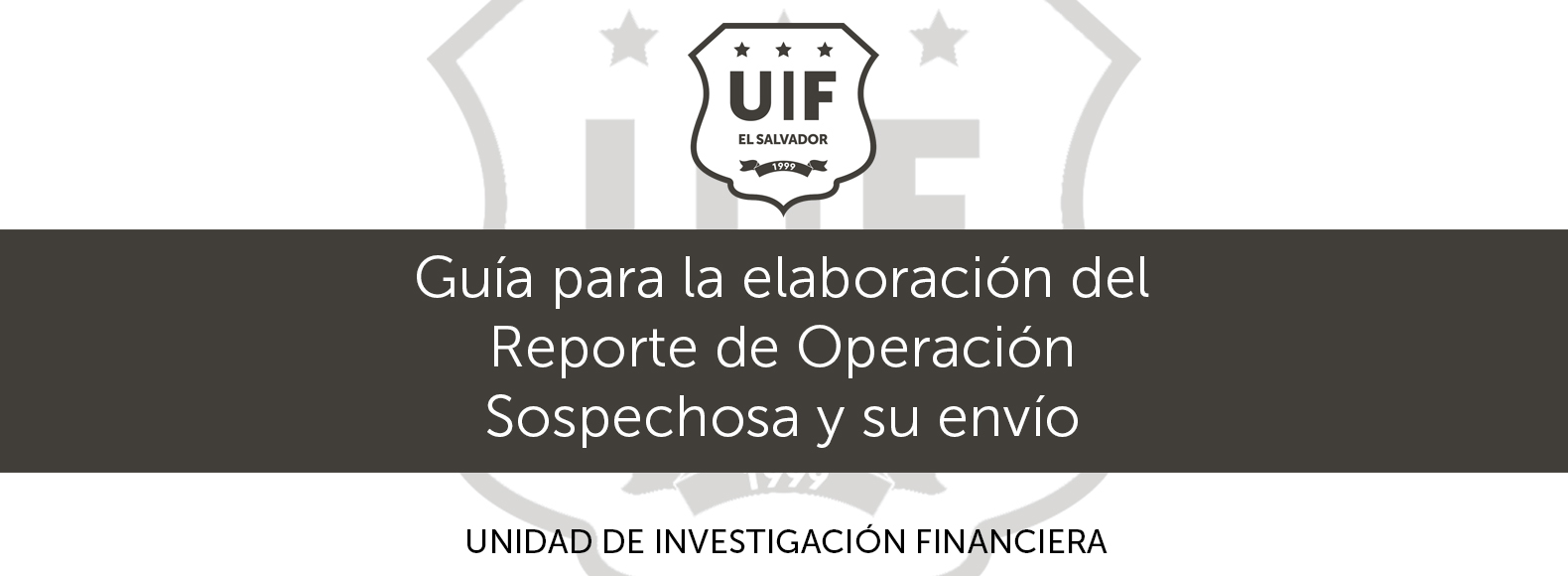By Jorge Andrés Cóbar | May, 13 2024 | RRSS |
This legislative change, embodied in Decree No. 972, seeks to adapt commercial operations to the digital era through the process known as “check truncation.”
Details of the Reform
The reform to the Commercial Code incorporates Section “F”, specifically articles 838-A to 838-E, which establish the legal framework for the truncation of checks. This procedure reduces or eliminates the physical exchange of checks, replacing them with electronic records that contain the image of the check. This change not only promises to speed up the process of clearing and releasing funds but also increase the security and efficiency of commercial transactions.
The Central Reserve Bank of El Salvador will play a crucial role, regulating and managing the check clearing process and other payment systems. In addition, the entity will be in charge of issuing regulations that establish the characteristics and security measures of both physical checks and their digital equivalents.
Advantages of the Reform
Implementing check truncation offers multiple advantages:
- Operational Efficiency: Significant reduction in check processing times.
- Improved Security: Minimization of risks associated with the physical handling of checks, such as fraud or loss.
- Quick Access to Funds: Expediting the availability of funds for beneficiaries.
- Sustainability: Reduction in the use of paper, contributing to the country’s ecological initiatives.
Sanctions for Non-Compliance
The new legal framework also establishes a sanctions regime for institutions that fail to comply with the stipulated procedures. These violations could result in fines ranging from 100 to 1,000 minimum wages, thus ensuring compliance and integrity of the system.
Transitory dispositions
Financial institutions have a period of 90 days after the publication of the relevant regulations to adapt their internal processes to the new system. After this period, it is expected that all checks will be processed under the new regulated format.
The reform came into effect eight days after its publication in the Official Gazette, marking a milestone in the modernization of payment systems and supporting the vision of a more innovative and economically fair El Salvador.
For more details, financial institutions and the general public can refer to the full text of the decree and regulations issued by the Central Reserve Bank of El Salvador.
This change not only reflects a step forward in the technological adaptation of the Salvadoran financial system but also underlines the State’s commitment to guaranteeing and facilitating commercial operations, in accordance with the principles of social justice and economic benefit for all its inhabitants.



